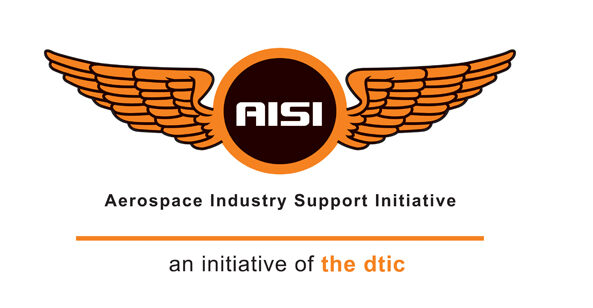Airbus exec on the outlook for electric flight and unmanned aviation
Major European aerospace enterprise the Airbus Group is working on innovations across the breadth of its activities, which include airliners, defence and space activities and helicopters. Some of these activities were recently highlighted by Airbus Defence and Space VP and head of disruptive innovation Jan van Toor. He was talking at the Fifth Council for Scientific and Industrial Research Conference in Pretoria. (Airbus Defence and Space is one of the Airbus Group companies and a sister business to airliner manufacturer Airbus.)
For example, Airbus is working on using electricity as a means to power civil aircraft. This electric propulsion would effectively eliminate emissions from the aircraft, almost eliminate noise and largely end vibration. Currently, the Airbus Group is leading a European project to develop an electrically-powered training aircraft, the E-Fan. The E-Fan demonstrator aircraft was the world’s first to be designed from scratch to use electric power. It made its first public flight in April 2014. The plan is to follow it with a two-seat E-Fan 2.0 production model for basic training, which should make its first flight in late 2017. This will then be followed by the E-Fan 4.0 four-seat production general aviation aircraft.
The E-Fan demonstrator is powered by two ducted fans, mounted over its wings, driven by electric motors which get their energy from lithium-ion batteries. The aircraft is 6.67 m long, has a wingspan of 9.5 m and a total engine power of 60 kW. The batteries contain 120 cells, the twin fans produce 1.5 kN of thrust for a maximum speed of 220 km/h and an endurance of 45 minutes to one hour. In July this year, it successfully flew the English Channel (74 km) in some 37 minutes, at an altitude of about 1 000 m.
However, Van Toor noted, electrical systems are heavy. Consequently, it is necessary to reduce the energy consumption of an aircraft so that it can be flown with smaller and lighter electrical propulsion systems. This, in turn, requires much improved aerodynamics. Airbus studies suggest this would be possible with a regional airliner designed from the start for electric power. The group has a preliminary concept of such an aircraft, with extremely “clean” aerodynamics and powered by a single-ducted fan mounted at the rear of the fuselage in a “pusher” configuration.
However, pure electric power is not suitable for long-range aircraft. For such airliners, the group is looking at hybrid-electric propulsion. This hybrid-electric system, designated E-Thrust, is being developed with Rolls-Royce. It would massively reduce engine emissions and noise from the aircraft. It would, of course, also greatly reduce fuel consumption. In this system, the aircraft would be fitted with a number of ducted fans (in clusters), a turbogenerator which would either recharge the batteries (which would drive the fans) or power the fans directly, as required.
Another area being researched is unmanned air vehicles (UAVs). Van Toor pointed out that the most important technology for UAVs operating in nonsegregated airspace (in which manned and even civilian aircraft would be encountered) is “sense and avoid” technology. This would allow the UAV to detect and avoid other aircraft.
Airbus generally divides UAVs into five groups. Tactical UAVs, medium altitude and long endurance (MALE) UAVs, high altitude and long endurance (known as HALE) UAVs, weaponised MALE UAVs (not able to operate in defended airspace) and long-range combat UAVs (or unmanned combat air vehicles – UCAVs – which are able to operate in defended airspace).
But there is also a specialised type of very high altitude UAVs, which Airbus categorises as high altitude pseudo satellites (Haps). “Airbus has bought Qinetiq’s Zephyr programme,” he noted. (Qinetiq is a British high-technology development company.) The Zephyr programme has developed a series of solar-powered ultralight UAVs for very long endurance missions in the stratosphere, that could last for months, even years. Zephyr UAVs or Haps provide a low cost alternative to satellites and can provide sustained local and even regional coverage. They have a high degree of role flexibility and can, for example, be configured for communications relay or surveillance missions.
Regarding more conventional UAVs, Airbus has developed the Barracuda project. This is a demonstrator for a fast surveillance UAV and the programme was launched in 2003. The Barracuda UAV is more than 8 m in length, has a wingspan exceeding 7 m and a maximum takeoff weight of some 3 t.
The Barracuda is fully automatic in flight but is not autonomous. “The flight is preprogrammed,” explained Van Toor. The UAV is fitted with a number of cameras to observe the aircraft’s performance and flight, including the operation of key systems such as the undercarriage. You need a lot of sensors on board, to make sure the aircraft is performing well,” he observed. These are in addition to the mission sensor payload.
Airbus now wants to test the Barracuda with weapons. But Van Toor admitted that any production derivative of the Barracuda would be late to the market.
